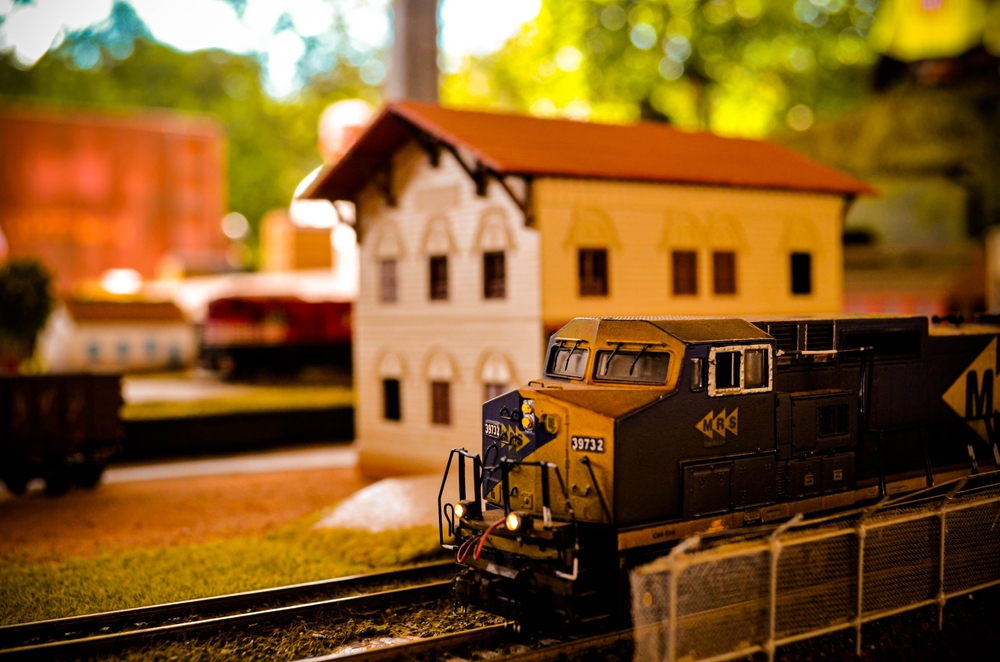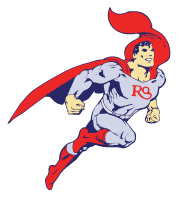Bringing tiny environments to life is the goal of model railroading hobbyists. While it’s true that brand-new model trains are lovely to look at, but there’s just something more charming about giving your layout an appearance of years to admiration because of its realism and history. This makes your tiny world more interesting to you and anybody else who looks at it. In this article, we will review various methods for giving your model trains an antique and genuine appearance.
Weathering Techniques
Weathering is essential for creating a genuine, weathered look. Weathering is giving your model trains the appearance of age, use, and exposure to the weather. Several methods exist for doing this:
- Dry Brushing: Dry brushing is a painting method in which just a small quantity of paint is loaded onto a brush before removing most of it on a paper towel. Brush the remaining paint onto the surface of your trains, paying particular attention to the edges, corners, and other high-wear areas.
- Washes: Using paint washes diluted with water may provide the impression of filth and grime. You may get the look of rain, dust, and soot by experimenting with different colors.
- Chalk and Pastels: Crushed chalk or pastel powder may make rust, filth, and grease stains. Use a brush to apply the powders, then set them with a matte sealer.
- Rust Effects: Add rust effects to your model trains for extra realism. Creating the look of rust may be done with store-bought chemicals or homemade salt and vinegar solutions.
Dings and Scrapes
Real trains show apparent signs of wear and damage from accidents and use. Using X-Acto knives or fine-grit sandpaper, you may create realistic model dents and scratches. Avoid overdoing it—subtlety is key.
Fading and Sun Damage
Colors fade, and fabrics fade from the sun and other factors. You may get this look by using masking methods to produce areas of uneven sun-bleached surfaces or by softly airbrushing your models with faded colors.
Grime and dirt
Dirt and filth build up over time on actual trains. Finely ground soil, artist’s charcoal powder, or even coffee grounds may be used to get the same effect. To prevent excessive dusting, use these materials sparingly and seal them in place with a clear varnish.
Authentic Details
Add realism to your model trains, including features like rusty metal, missing or damaged sections, and peeling paint. You can do this using aftermarket detail components or some ingenuity.
Research and Reference
Do some homework on the genuine prototype you’re trying to recreate so your model trains seem as authentic as feasible. To achieve realism in your weathering, it is recommended that you use photographs, historical documents, and other authoritative sources.
Using these methods and paying particular attention to detail, you may give your model trains the appearance of authentic historical artifacts, creating an atmosphere of nostalgia and authenticity. Remember that perfecting weathering takes time and effort, so don’t give up if your initial efforts fall short. Improve your talents over time, and you’ll be able to build model trains with all the personality and history of a bygone age.


